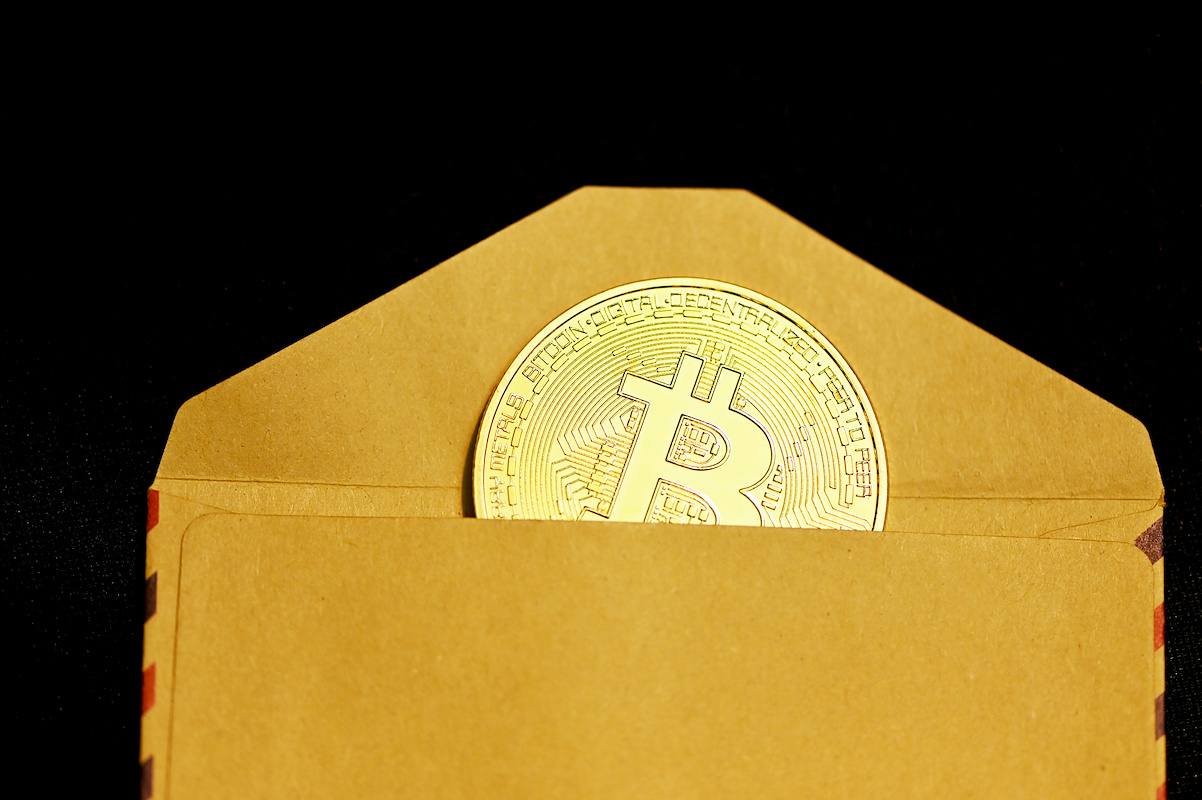Key Takeaways
- Master Seed: A single seed phrase generates a nearly infinite sequence of private keys and addresses.
- Simplified Backup: Users only need to secure 1 seed phrase to restore an entire wallet.
- Hierarchical Structure: Keys are organized in a parent-child tree, improving privacy and account management.
What is a Deterministic Wallet?
A deterministic wallet, often called a Hierarchical Deterministic (HD) wallet, creates all its keys from a single master seed. This seed is a unique phrase, usually 12 or 24 words long, that acts as the root of your entire wallet. From this one phrase, the wallet can mathematically generate a virtually infinite tree of private keys and public addresses for your Bitcoin (BTC).
The primary advantage is simplified backup and recovery. Instead of juggling countless individual private keys, you only need to secure that one seed phrase. If your phone or computer breaks, you can restore your entire balance of BTC on a new device with just those words. This structure also improves privacy by enabling the use of a fresh address for every transaction you receive.
Key Features of Deterministic Wallets
Deterministic wallets offer a robust framework for managing digital assets. Their design centers on a tree-like structure derived from a single seed, providing significant benefits for security and usability. This architecture introduces several powerful capabilities for users.
- Master Seed: A single mnemonic phrase that generates all keys and addresses.
- Hierarchical Structure: Keys are organized in a parent-child tree, allowing for logical separation of funds.
- Simplified Backup: Users only need to secure one seed phrase to restore the entire wallet.
- Enhanced Privacy: Generates new addresses for each transaction, making it harder to trace user activity.
- Cross-Platform Recovery: Wallets can be restored on any compatible software or hardware using the seed phrase.
How Deterministic Wallets Enhance Security
The security model of a deterministic wallet is built on its single master seed. This approach reduces the attack surface, as users only need to safeguard one mnemonic phrase, which can be kept entirely offline. By generating a new address for each incoming payment, these wallets obscure the transaction history, making it difficult for outside parties to track a user's funds. This architecture provides a powerful combination of simplified backup and improved financial privacy.
Deterministic Wallets vs. Non-Deterministic Wallets
The primary distinction between deterministic and non-deterministic wallets lies in key management. Non-deterministic wallets generate keys randomly, requiring separate backups for each one. In contrast, deterministic wallets derive all keys from a single master seed, simplifying the entire process.
- Backup: Deterministic wallets need only one seed phrase for full recovery, while non-deterministic ones require backing up every individual private key.
- Privacy: Deterministic wallets generate new addresses for each transaction, making it harder to link payments to a single user.
- Management: Non-deterministic wallets become cumbersome as the number of transactions grows, creating a collection of unrelated keys.
Managing Multiple Addresses with Deterministic Wallets
Deterministic wallets offer a systematic approach to handling numerous addresses, all derived from one master seed.
- Separation: Logically partition funds for different accounts, like savings or daily spending.
- Privacy: Use a new address for every transaction to obscure your financial history.
- Automation: Generate addresses programmatically for services like e-commerce checkouts without manual key management.
Best Practices for Using a Deterministic Wallet
This is how you securely manage your deterministic wallet.
- Write down your mnemonic phrase and store it in a secure, offline location. Never store it digitally.
- Use a fresh address for every transaction you receive to protect your financial privacy.
- Always confirm receiving addresses on your wallet's hardware screen to guard against clipboard hijacking malware.
- Periodically restore your wallet on a separate device using your seed phrase to confirm your backup is correct and accessible.
The Role of Deterministic Wallets in the Lightning Network
Deterministic wallets are foundational to the Lightning Network’s architecture. The network operates through a web of payment channels, each requiring its own unique keys. A deterministic wallet's hierarchical structure generates all necessary keys for these channels from its single master seed. This system allows for the creation and recovery of all channel states, even if there are thousands, from one backup. This makes managing a Lightning node practical and secure, as all channel funds are recoverable from the initial seed phrase.
Join The Money Grid
Your deterministic wallet is the key to the next generation of finance, and Lightspark provides the infrastructure to put it to work. Their platform offers instant Bitcoin transfers over the Lightning Network and tools to create self-custodial wallets, giving you direct control over your assets on the new global Money Grid.


